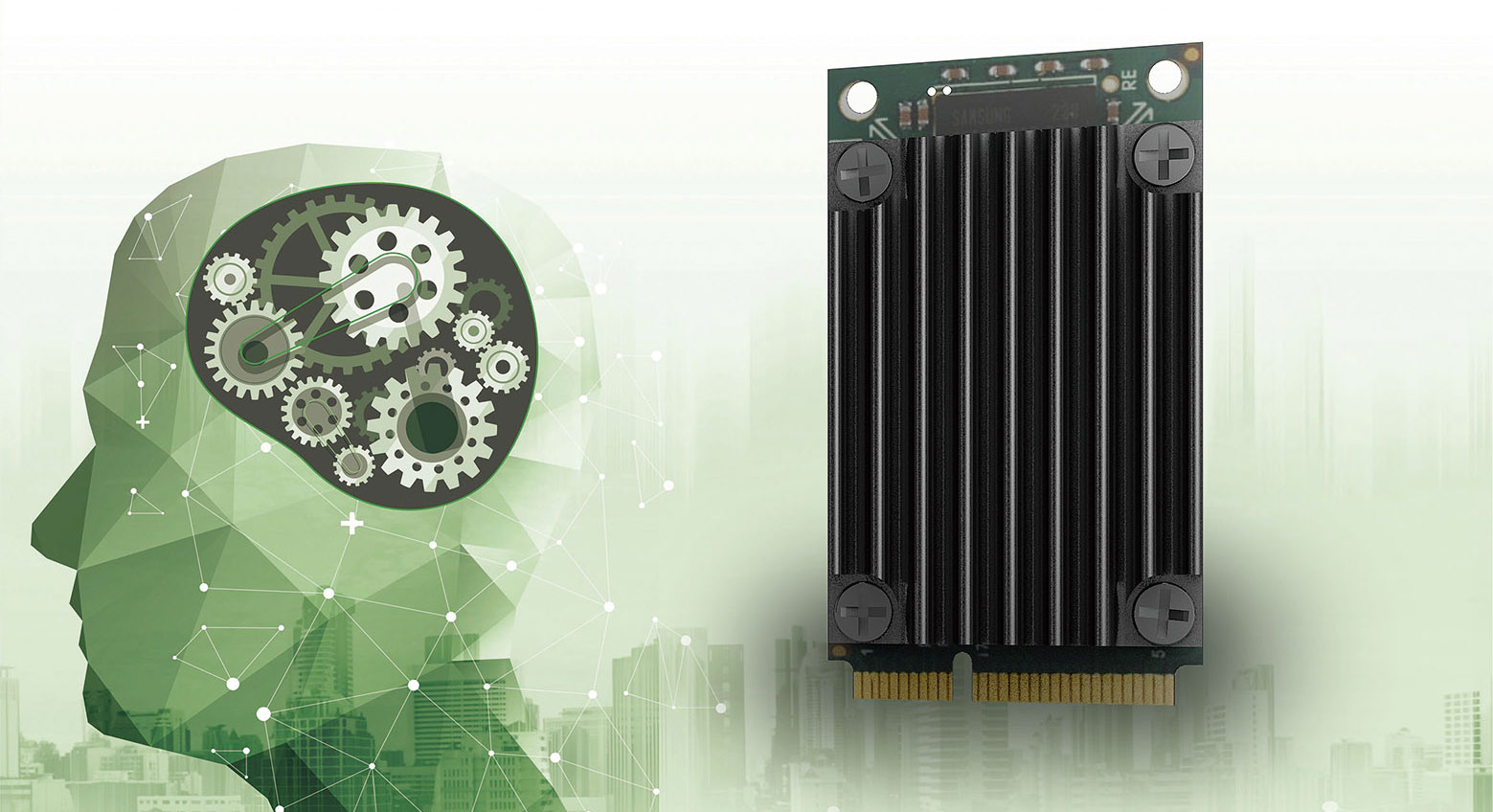Advantages of using robots in timber construction
“It is far easier to bond and mill coffers when robots are involved in the production process,” says Hans Jakob Wagner, naming an advantage of using robots in timber construction. Since the adhesive only remains fluid for a limited period of time and specific conditions such as the amount dispensed and uniformity of application need to be complied with when the adhesive is applied, speed and reliability play an important role. Moreover, considering the weight of the individual elements – a coffer weighs up to 200 kg – robots reduce the workload significantly.Tight tolerances
The precision of construction robots is another advantage: for elements that are milled, the dimensional tolerance is less than 0.3 mm. The robots work efficiently, cost-effectively and with great precision thus allowing for variance in the parts that make up the pavilion. The robots are also exceptionally adaptable: “We even have the option of making changes to the construction plan of certain elements during the production process,” emphasizes Matthias Buck.The prospects for robots in timber construction and the construction industry
Matthias Buck believes that the system has a big future ahead of it: “With its ideal transportation dimensions, the system can even be set up and used on the timber constructor's premises or at the construction site.” This offers the construction industry and timber construction industry innovative opportunities. Automated processes are currently few and far between in the industry. It may be possible to deal with the growing demands for larger quantities and affordable solutions by making use of robot systems. The robot could essentially become a practical colleague who optimally supports workers where challenging work procedures are involved. ▪Author: Sebastian Schuster, Global PR & Content Manager, Division Industries, KUKA AG
Find out more now!


- 2-axis positioner DKP-400
- KR 500 FORTEC
- Brochure about KUKA positioners and linear units (PDF)
- Video: KR 500 FORTEC in action as part of the EU Virtual Forest project

The individual coffer elements being assembled with the aid of
the DKP-400
